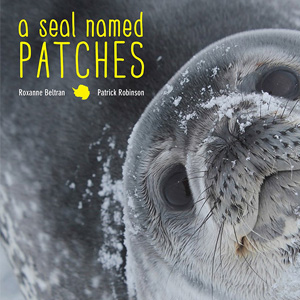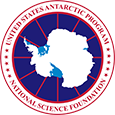|
Antarctic Seal Research Featured in Children's Book 
National Science Foundation Posted November 14, 2017 Roxanne Beltran has spent several seasons in Antarctica studying the behavior of Weddell seals and traveled to many of Alaska's elementary schools to field hundreds of questions about the research. Now, the doctoral student in biological sciences at the University of Alaska Fairbanks' College of Natural Science and Mathematics, has distilled that experience, earned as a member of an OPP-funded research team (https://www.nsf.gov/awardsearch/showAward?AWD_ID=1246463), into a children’s book. The 48-page book, “A Seal Named Patches,” was published by the University of Alaska Press this month. One question from a third-grader in Fairbanks’ Ticasuk Brown Elementary School, about a hand-sewn toy seal named Patches, that Beltran used as a prop in classroom visits, prompted the 750-word reply. “A student asked if I would write a kids book about Patches so that her dad could read it to her every night,” Beltran said. Beltran’s co-author, Patrick Robinson, is a seal biologist from California who worked on the same team as Beltran, most recently as an anesthesiologist. In the story, Beltran and Robinson's fictional counterparts look for a seal that they’ve been tracking since birth. By finding Patches, they learn about how much the seals eat and how many pups they raise. The book itself is geared toward children ages 5 to 8--who will learn about how scientists do fieldwork, the challenges of researching animals in harsh climates, and even what it’s like to fly a helicopter over Antarctica--but photo captions have information at an adult reading level. For more information, see the University of Alaska Press: https://www.alaska.edu/uapress/browse/detail/index.xml...
|



For USAP Participants |
For The Public |
For Researchers and EducatorsContact UsU.S. National Science FoundationOffice of Polar Programs Geosciences Directorate 2415 Eisenhower Avenue, Suite W7100 Alexandria, VA 22314 Sign up for the NSF Office of Polar Programs newsletter and events. Feedback Form |

